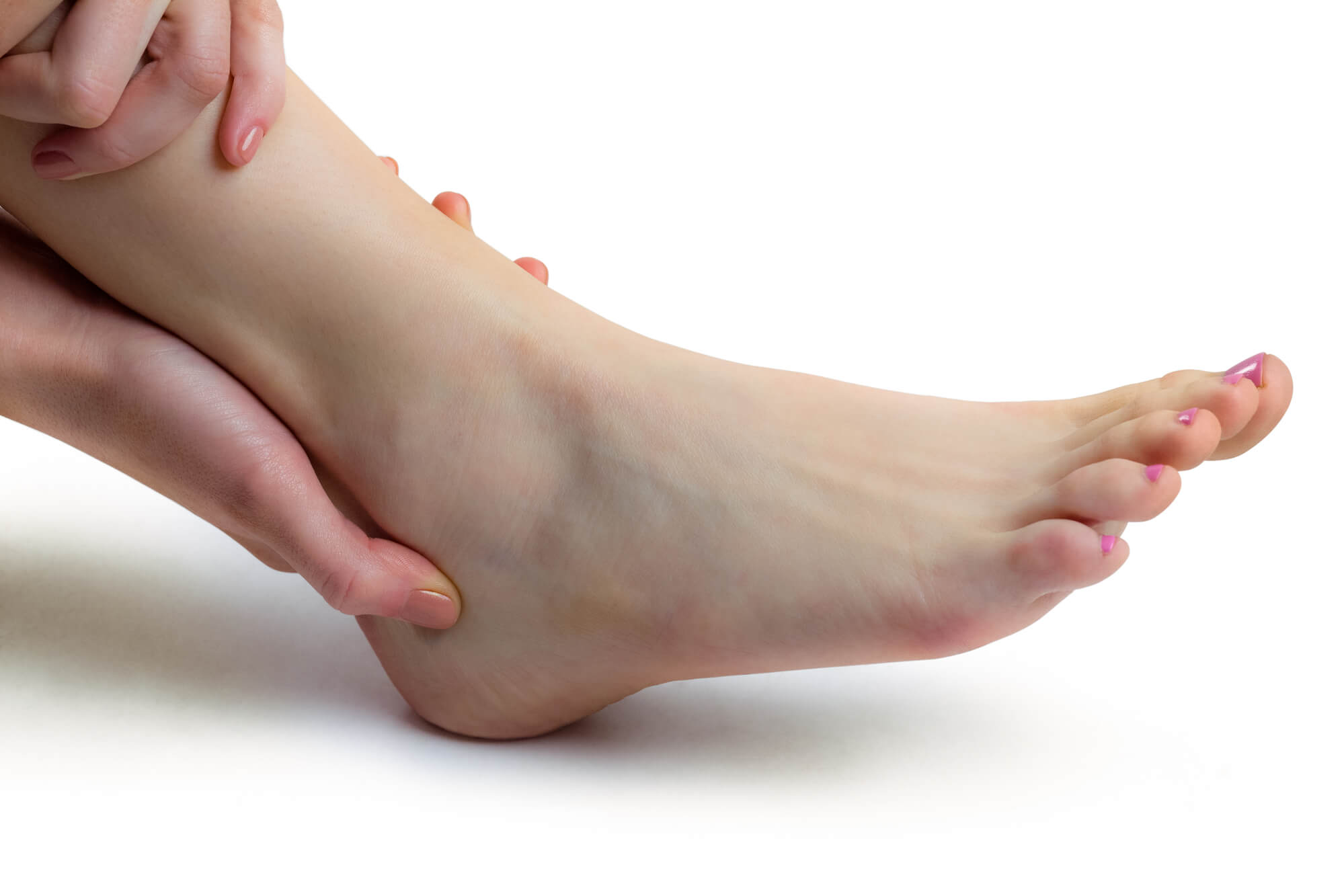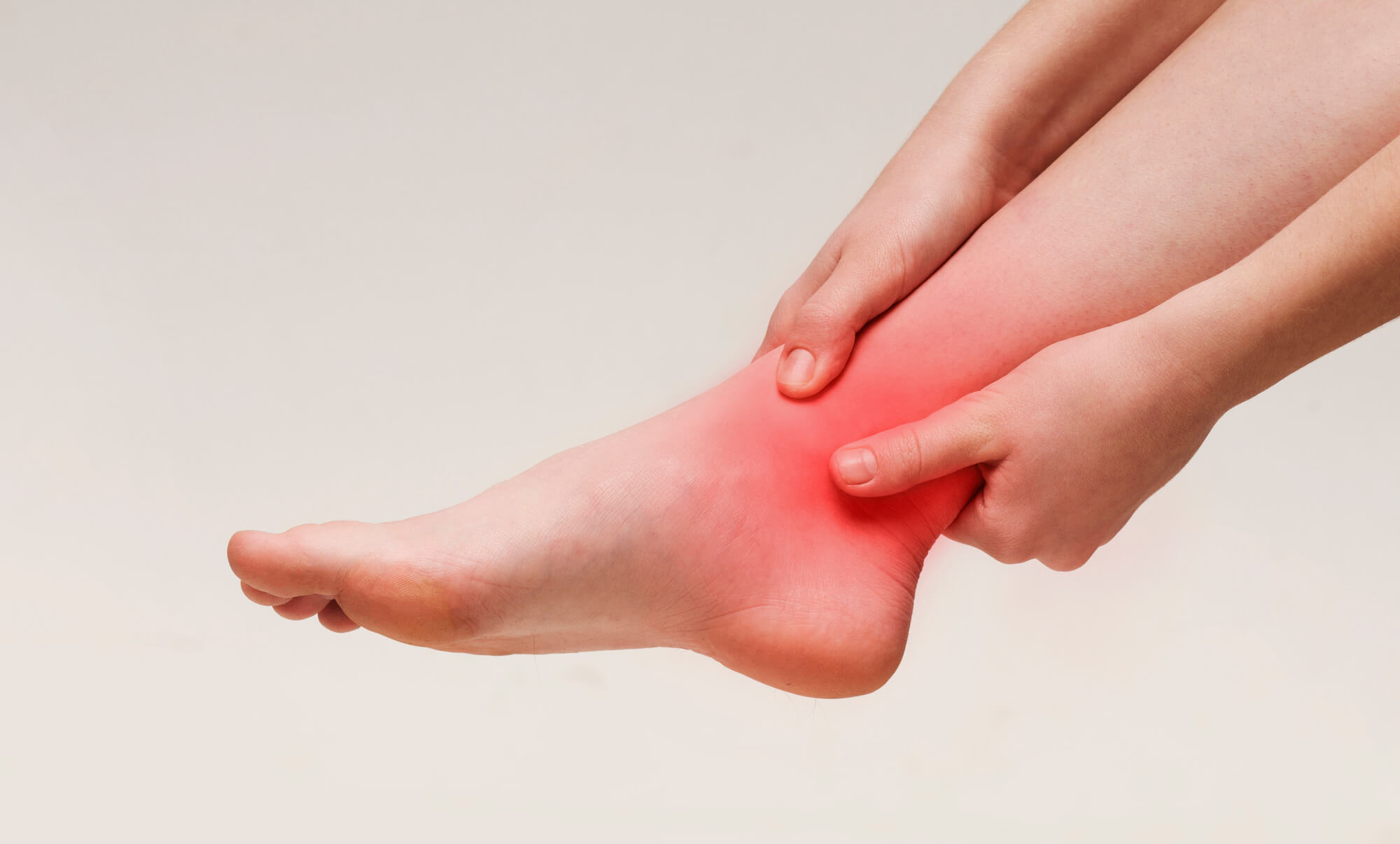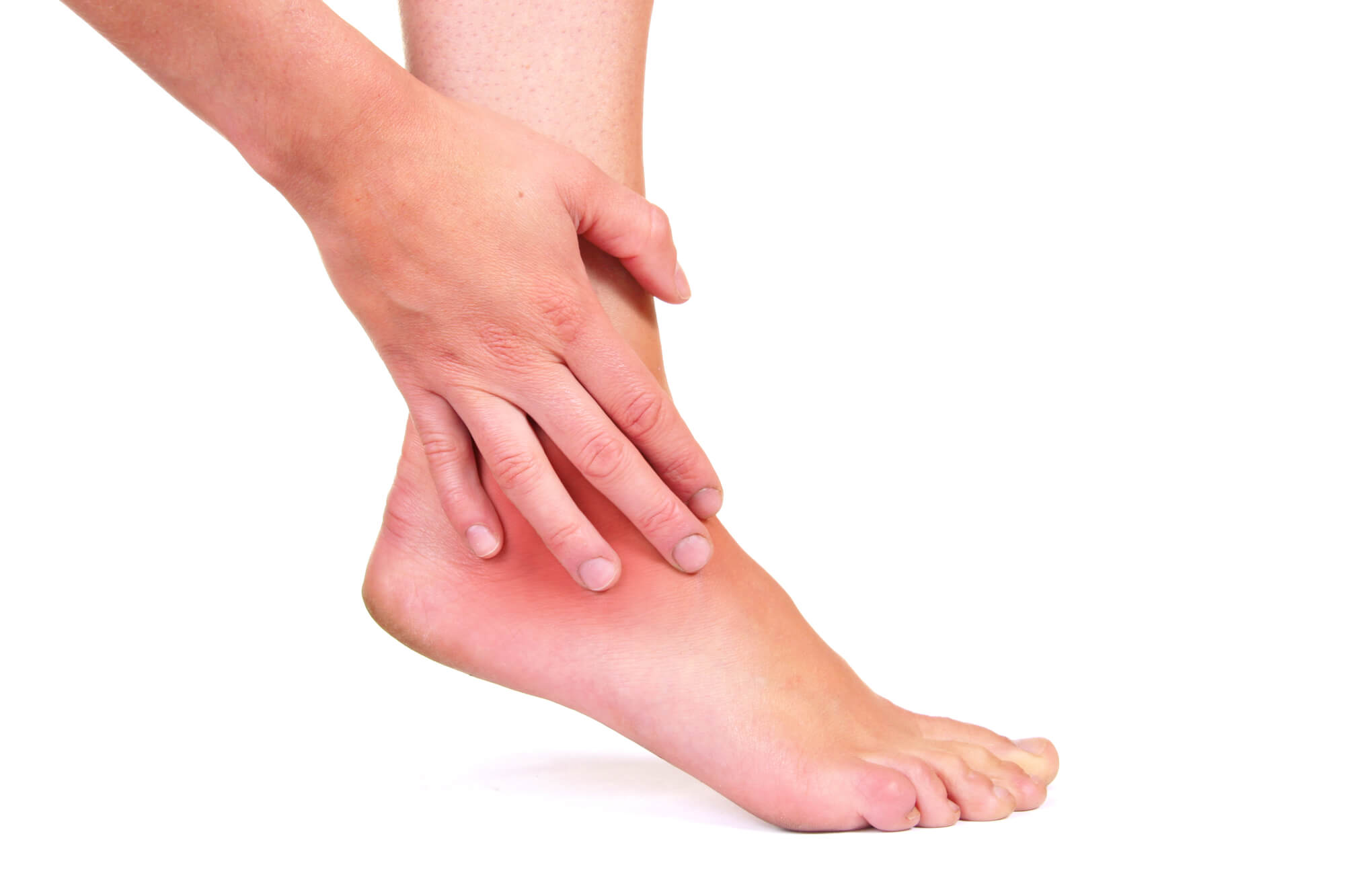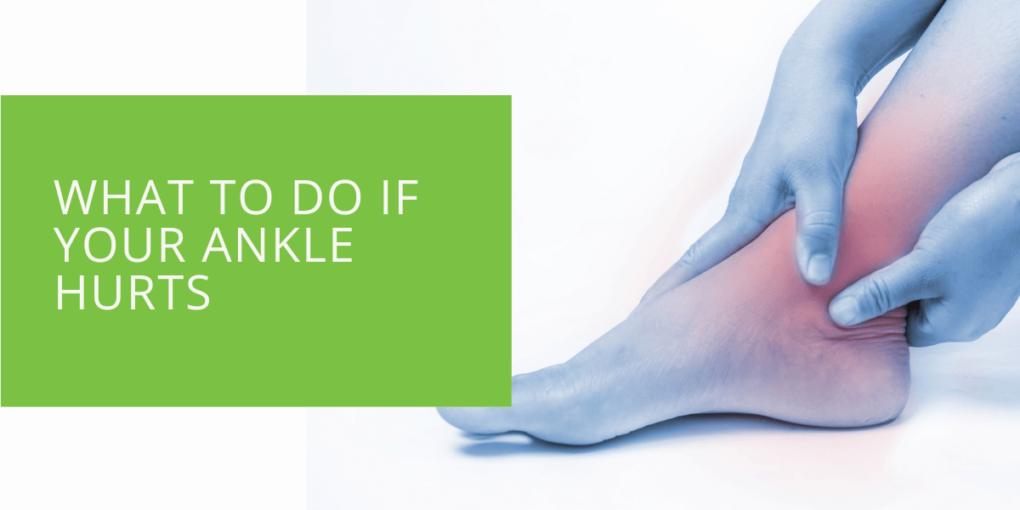What to Do If Your Ankle Hurts
Ankle pain can be debilitating and can affect your daily activities. There are many possible causes of ankle pain, such as sprains, strains, fractures, arthritis, and overuse injuries. This article will discuss common causes of ankle pain, home remedies for pain relief, when to seek professional help, and ankle pain prevention tips.
Common Causes of Ankle Pain
Sprains and Strains
Sprains and strains are the most common causes of ankle pain. A sprain occurs when the ligaments that connect the ankle bones are stretched or torn, while a strain occurs when the muscles or tendons that support the ankle are stretched or torn.
Symptoms of a sprain or strain may include pain, swelling, bruising, stiffness, and difficulty walking. Mild sprains or strains can be treated at home with rest, ice, compression, and elevation (RICE). Severe sprains or strains may require medical attention.
Fractures
An ankle fracture occurs when one or more bones in the ankle joint are broken. A sudden impact, such as a fall, sports injury, or overuse injury, can cause fractures.
Symptoms of a broken ankle may include pain, swelling, bruising, stiffness, and difficulty walking. Treatment for a broken ankle may involve wearing a cast or a brace, physical therapy, or surgery.
Arthritis
Arthritis is a condition that causes inflammation in the joints, including the ankle joint. Various factors, such as injury, overuse, and genetics, can cause arthritis.
Symptoms of ankle arthritis may include pain, swelling, stiffness, and difficulty walking. Treatment for ankle arthritis may involve taking anti-inflammatory medication, physical therapy, wearing custom orthotics, or surgery.

Home Remedies for Ankle Pain
Rest, Ice, Compression, and Elevation (RICE) Method
The RICE method is an effective way to treat ankle pain caused by sprains or strains. To apply the RICE method, follow these steps:
- Rest: Avoid any activities that cause pain or discomfort.
- Ice: Apply ice to the affected area for 10-15 minutes several times daily.
- Compression: Wrap the affected area with an elastic bandage to reduce swelling.
- Elevation: Elevate the affected area above the heart level to reduce swelling.
Exercises and Stretches
Exercises and stretches can effectively prevent ankle injuries and strengthen the muscles and ligaments that support the ankle joint. Here are some examples of exercises and stretches that can help:
Calf Raises
Calf raises can help strengthen the muscles in your lower leg, which can help prevent ankle injuries. To perform a calf raise:
- Stand with your feet shoulder-width apart, with your toes pointing forward.
- Slowly raise the balls of your feet, lifting your heels as high as possible.
- Hold the position for a few seconds, then lower your heels.
- Repeat for 10-15 repetitions.
Ankle Circles
Ankle circles can help improve the flexibility of the ankle joint and reduce the risk of ankle injuries. To perform an ankle circle:
- Sit on a chair or a comfortable surface with your legs extended in front of you.
- Lift one foot off the ground and rotate your ankle in a circular motion.
- Repeat 10-15 repetitions in one direction, then switch and repeat in the other.
Achilles Tendon Stretches
Achilles tendon stretches can help improve the flexibility of the ankle joint and reduce the risk of Achilles tendon injuries. To perform an Achilles tendon stretch:
- Stand facing a wall with your hands on the wall at shoulder height.
- Step back with one foot, keeping your heel on the ground and your toes pointing forward.
- Bend your front knee, keeping your back leg straight until you feel a stretch in your Achilles tendon.
- Hold the position for 15-30 seconds, then switch sides and repeat.

Natural Remedies
In addition to exercises and stretches, some natural remedies may help alleviate ankle pain and promote healing. Here are some examples:
Ginger
Ginger is a natural anti-inflammatory agent that can help reduce swelling and pain. You can consume ginger in various forms, such as fresh ginger root, ginger tea, or ginger supplements.
Turmeric
Turmeric contains a compound called curcumin, which has anti-inflammatory and antioxidant properties. You can consume turmeric in various forms, such as turmeric supplements, turmeric tea, or adding turmeric to your meals.
Epsom Salt
Epsom salt contains magnesium sulfate, which can help reduce swelling and inflammation. Add Epsom salt to warm water and soak your ankle for 15-20 minutes to promote healing.
It is important to note that natural remedies should not be used as a substitute for medical treatment. Consult with a healthcare professional before trying any natural remedies, especially if you have underlying health conditions or are taking medications that may interact with these remedies.
When to Seek Professional Help
In some cases, ankle pain may require professional podiatric attention. Here are some situations where you should seek the help of a podiatrist:
- If you are experiencing persistent ankle pain or discomfort.
- If you notice any signs of infection, such as redness, swelling, or pus.
- If you have a history of ankle problems, such as a previous injury or surgery.
- If you are unable to bear weight on your ankle.
A podiatrist can provide a thorough ankle exam, diagnose problems, and recommend appropriate treatment options.

Ankle Pain Prevention
Here are some tips for preventing ankle injuries and maintaining ankle health:
- Wear proper footwear that fits well and provides good support.
- Stretch and warm up before exercise or physical activity.
- Strengthen the muscles and ligaments that support the ankle through exercises and stretches.
- Avoid overuse injuries by taking breaks during activities that require repetitive ankle movements, such as running or jumping.
- Use a brace or support if you have a history of ankle injuries.
- Be cautious when walking on uneven or slippery surfaces.
- Avoid high-impact activities if you have weak ankles or are prone to ankle injuries.
- Maintain a healthy weight to reduce stress on the ankle joint.
Following these tips can prevent ankle injuries and maintain ankle health.
Conclusion
Various factors, such as sprains, strains, fractures, arthritis, and overuse injuries, can cause ankle pain. However, several home remedies for ankle pain relief include the RICE method, exercises and stretches, and natural remedies. If you experience persistent ankle pain or discomfort, it is important to seek the help of a podiatrist. By following ankle pain prevention tips, you can maintain ankle health and reduce the risk of ankle injuries.

